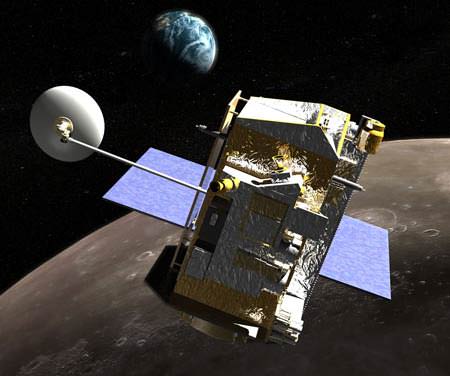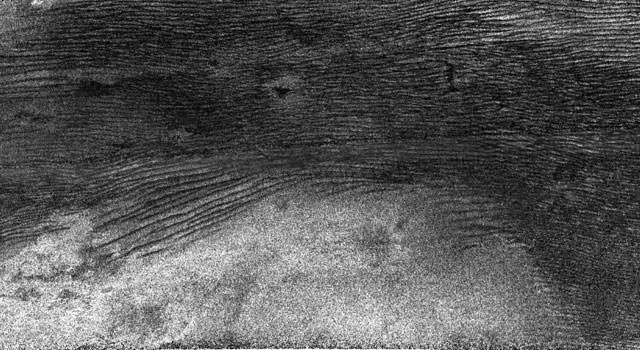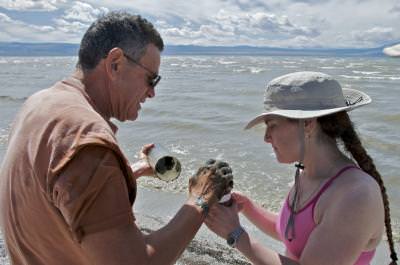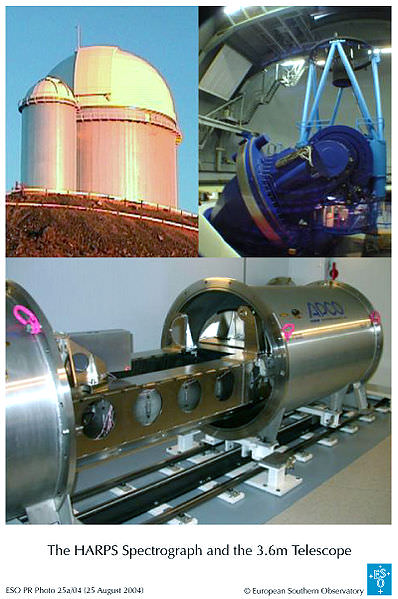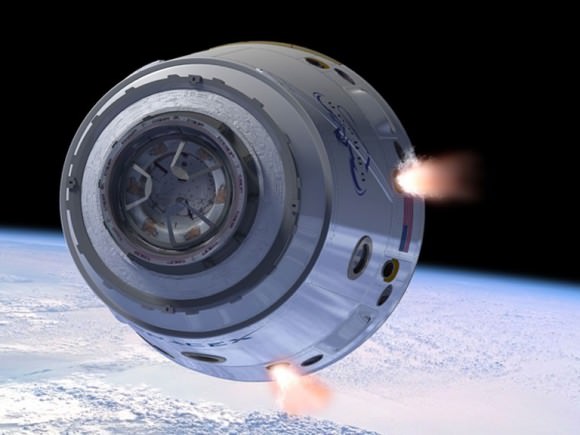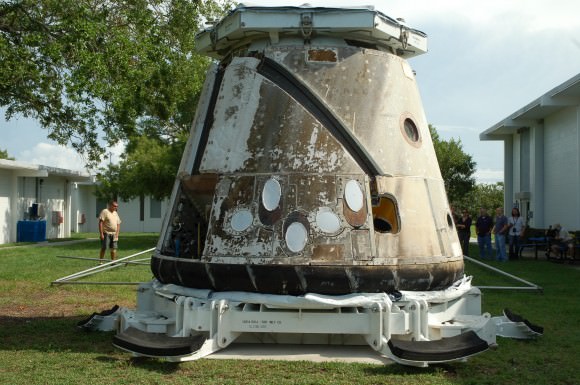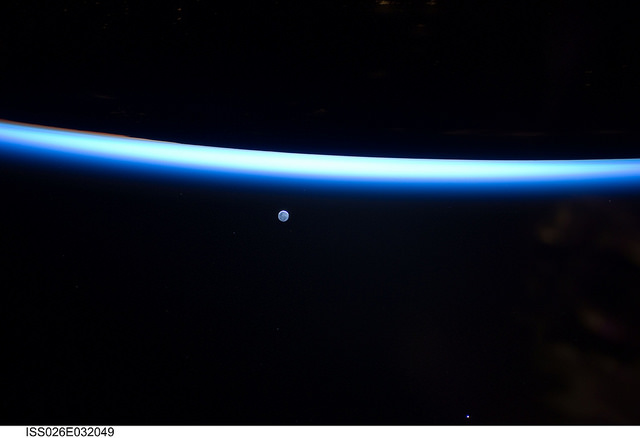[/caption]
NASA’s Lunar Reconnaissance Orbiter (LRO) is changing our view of the Moon by literally bringing it into sharper focus with its three high resolution cameras. But now, things are about to get even sharper. Today, LRO fired its thrusters to begin dipping down from its usual orbit about 50 km above the surface and moving to an orbit that will allow the spacecraft’s cameras me to image the Apollo sites from about 20 km away.
“This will allow me to obtain images of the Apollo sites that are about 4 times sharper than my current best images,” said the LRO spacecraft on Twitter.
This is just a temporary orbit and the spacecraft will take images of and around the Apollo sites between August 14 and 19, 2011. After that, the spacecraft will return to the 50-km-orbit until December.
LRO has two narrow angle cameras (NACs) and one wide angle camera (WAC).
According to Mark Robinson, LROC Principal Investigator, who spoke at the Lunar Forum at Ames Research Center last month, as of the end of July, 2011 the amount of data returned by LRO has been about 400 gigabits of data every day, which includes 371,027 high resolution images. The WAC has taken about 160,000 images, with about 90,000 in color. In total, the spacecraft has imaged the entire Moon about 20 times with the WAC, and has imaged 20 per cent of the moon with NACs, which provides a narrower but higher resolution view.
“We want to map the whole moon at 50 cm/pixel to 200 cm/pixel, and that would be LROC’s legacy for the next 100 years of lunar exploration and science,” Robinson said.
He noted that all three cameras are performing way better than he had hoped.
“We are very excited about the quality of the data,” Robinson said.
So get ready for a little more quality views of the Apollo landing sites!
Update: as commenter MoonOrBust noted, the LRO Twitter feed had an addendum later in the day, adding that there are several technical challenges associated with getting improved resolution images at the lower altitude orbit. For example, the spacecraft will not slow from its orbital speed of about 1.6 km/s (about 3,500 mph) when it gets closer to the Moon’s surface, which might cause some image blurring, particularly for the LROC Narrow Angle Camera images. “However, it will certainly be fun to compare the images from the different orbits!” the spacecraft Tweeted.

